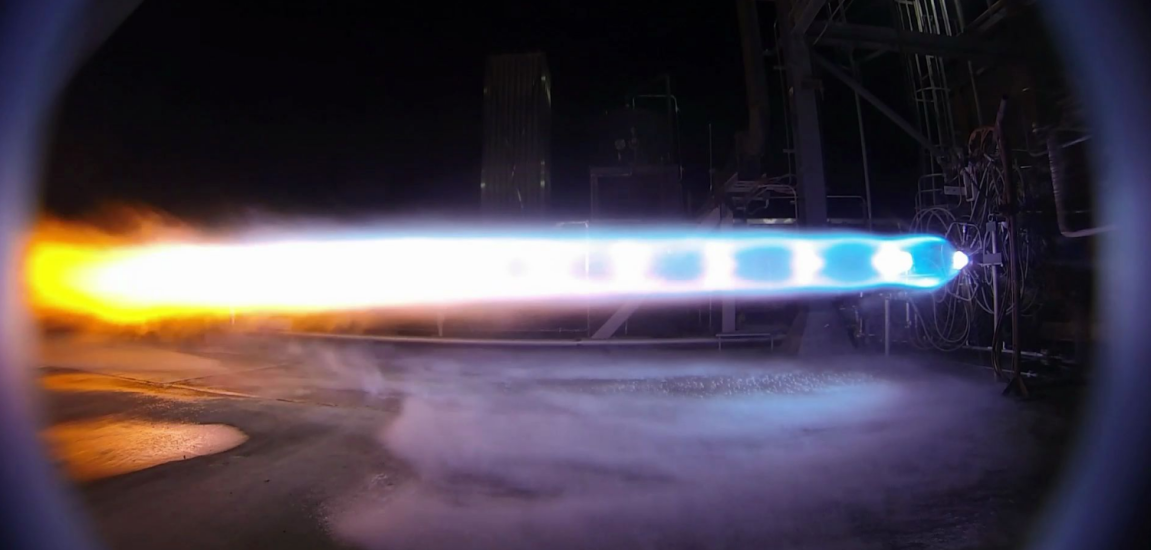
Rocketing Into the Blue
SpaceX’s well-known competitor in the private space industry, Blue Origin, is making strides in its efforts for private citizens to breach the final frontier. While SpaceX pushes forward to its lunar mission in 2018, Blue Origin’s founder, Jeff Bezos, is confident in his company’s plan to send two astronauts to space by the end of 2017. Now, Bezos has revealed the engine that will propel his company to its next stage — the BE-4 rocket.
The rocket was finally unveiled after six long years of development. The engine is expected to be ready for take off by 2019. Seven of these engines will power the upcoming New Glenn rocket. The New Glenn is similar to its predecessor, the New Shepard, in that it will be a reusable space vehicle with a first stage that can return to the launch site standing upright upon each flight. There will be two New Glenn rockets — a 2-stage and a 3-stage version. The New Glenn is expected to be 7 meters (23 feet) in diameter and range from 82 meters (270 feet) to 95 meters (313 feet).

A New Flight Plan
So where do the BE-4 engines come in? The first and second stages will have boosters made up of the BE-4 engines, while the third stage will incorporate an older BE-3 engine. A distinction between the New Glenn and the New Shepard is that the former will be equipped with enough power to carry heavy cargo payloads and astronauts into orbit around the Earth.
While the New Glenn has yet to be made, it’s expected that the New Glenn sporting the BE-4 engine will be delivering goods and people by the end of the decade. In the meantime, the BE-4 engine will undergo certification at Blue Origin’s West Texas-based site.